When I started writing plays about the climate crisis some fifteen years ago, the prevailing wisdom from Those Who Know was that it couldn’t be done. Climate change was too big, too complex, and too abstract to make for good drama. And if, by chance, a writer was to try anyway, the resulting play was sure to be preachy and boring—and to be reviewed that way. In a 2009 piece, United Kingdom drama critic Robert Butler, puzzling about the dearth of climate content on stage, wrote:
Perhaps theatre wasn't cut out to do green issues….Maybe the sort of cutting-edge subjects that compelled the attention of physicists, biologists and philosophers of the stature of James Lovelock, EO Wilson and Peter Singer simply couldn't be reimagined in theatre. Even to raise the subject prompted embarrassed looks. A play about the environment? Sounds preachy and dull.
This problem is not unique to theatre. Amitav Ghosh makes a similar observation about literary novels in his book The Great Derangement, and many organizations are now working with showrunners and studio executives in Hollywood to entice them to include climate content in films and television series.
It took a long time for the entrenched belief in the inherent mediocrity of stories dealing with climate disruption to lose its power, but it is finally beginning to change.
Still, a few determined playwrights went ahead and gave us climate-themed plays. Among these were Sharyn Rothstein’s By the Water (Manhattan Theatre Club and Ars Nova, 2014), Tira Palmquist’s Two Degrees (Denver Center, 2017), and Madeleine George’s Hurricane Diane (Two River Theater, 2017). I also contributed my own Sila (Central Square Theater, 2014), Forward (Kansas State University, 2016), and No More Harveys (Cyrano’s Theatre Company, 2022), which are part of a cycle of plays about the social and environmental changes taking place in the Arctic. And there were a few offerings by companies making interdisciplinary work, such as Phantom Limb Company and their visually stunning trilogy: 69°S (2011), Memory Rings (2016), and Falling Out (2018). But there was little encouragement from the theatre field or society at large to motivate others to join this effort. In point of fact, in a HowlRound article titled “What Our New Plays Really Look Like,” Marshall Botvinick found that among the seventy-five League of Resident Theatres (LORT) member theatres and the thirty-two National New Play Network (NNPN) core member theatres, 0 percent of the planned 2019-2020 world premieres (pre-COVID, that is) were about climate change or the environment.
It took a long time for the entrenched belief in the inherent mediocrity of stories dealing with climate disruption to lose its power, but it is finally beginning to change. Maybe it was the youth climate movement, which took off in 2018 after Swedish activist Greta Thunberg addressed the United Nations Climate Change Conference, galvanizing students around the world to strike for the climate. Maybe it was the pandemic lockdowns, which gave us countless examples of the natural world faring better when humans are not around and caused carbon dioxide emissions to briefly fall by 5.4 percent. Or maybe extreme weather events such as Hurricane Harvey (2017), the West Coast’s record wildfires (2020), and the recent Texas ice storms (2021, 2023) became impossible to ignore. Whatever it was, plays about climate and the environment have now started to surface in greater numbers.
In 2020, the New York-based company the New Group, in collaboration with the Natural Resources Defense Council (NRDC), presented “Facing the Rising Tide,” a digital festival of play readings about environmental racism and the climate crisis featuring playwrights Arpita Mukherjee, Erika Dickerson-Despenza, Kareem Fahmy, Jessica Huang, and Daniella De Jesús. To my knowledge, this was a first for an Off-Broadway theatre. That same year, I ran the submission process for the Earth Matters on Stage (EMOS) Ecodrama Playwrights’ Festival, which called for unproduced and unpublished plays that engaged with the ecological world, environmental justice, and/or the climate crisis. To my great surprise, we received over three hundred submissions. There are clearly a lot of writers out there who are not deterred by the size and complexity of the changing climate. For many of them, especially the generation that never knew the “before” times and finds itself burdened with today’s interlocking crises, there is no question whether climate change makes for good drama or not. It is an intrinsic part of their lives. As one of my students put it last fall, “Everything is about climate.”


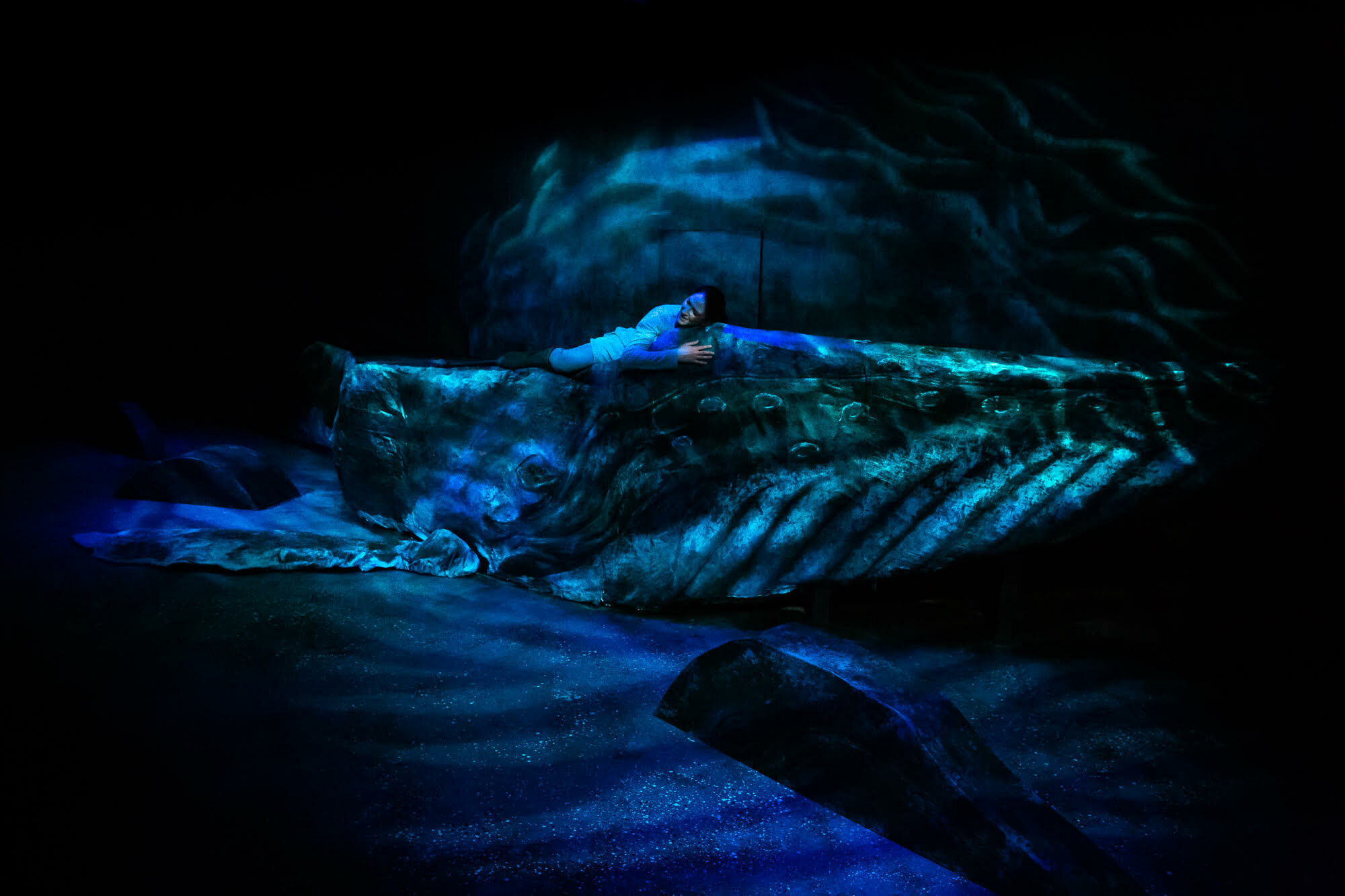
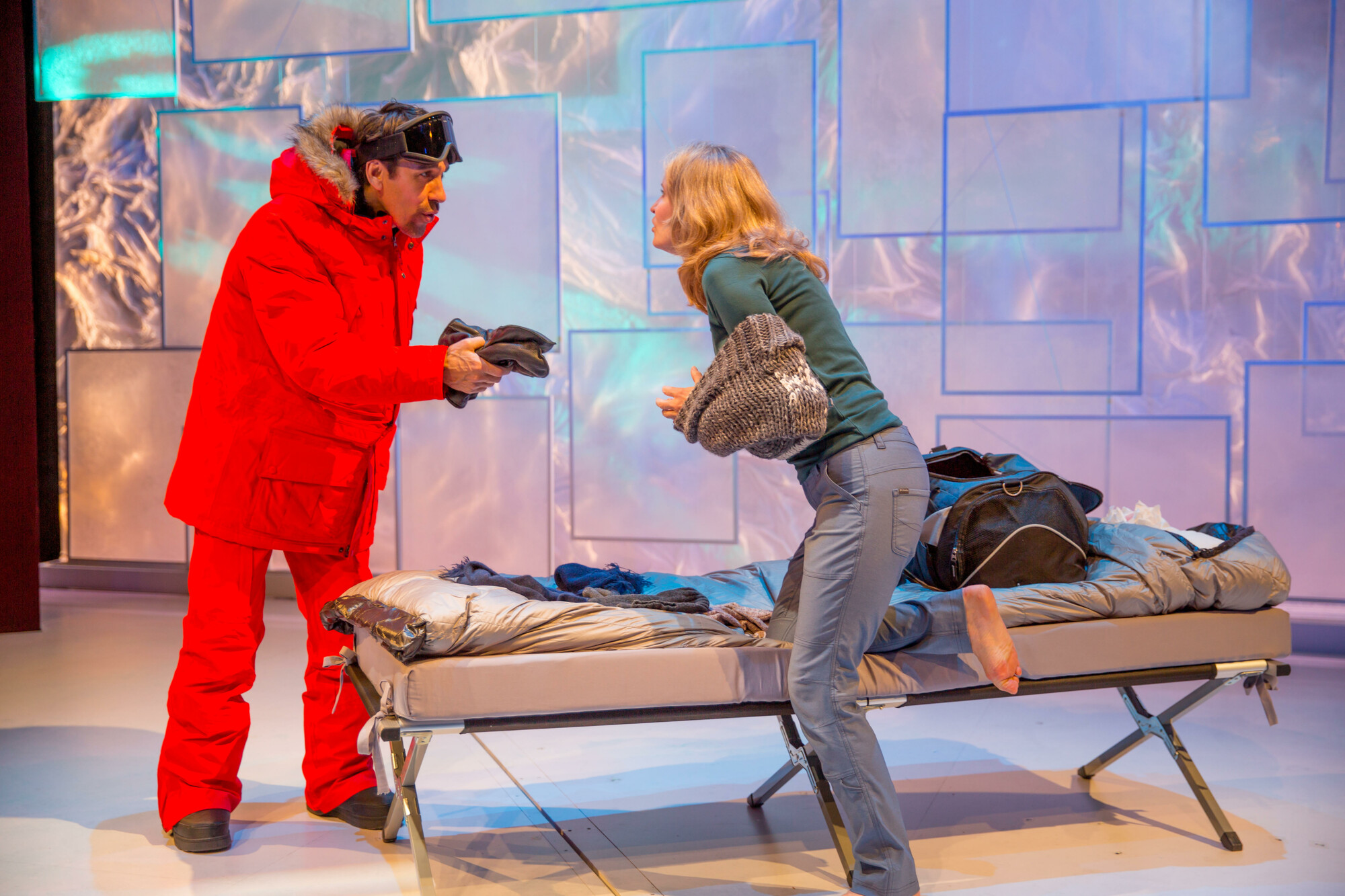
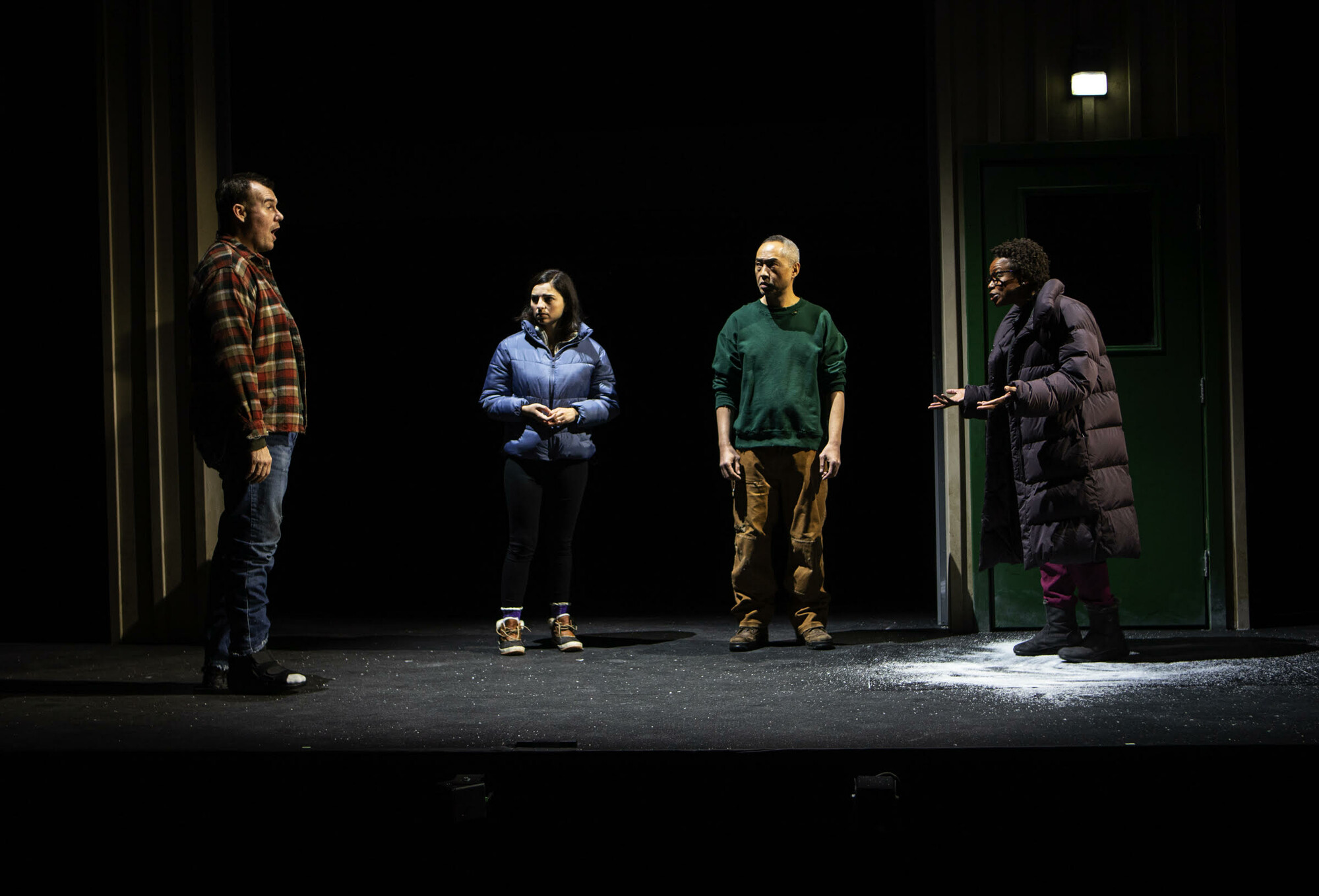
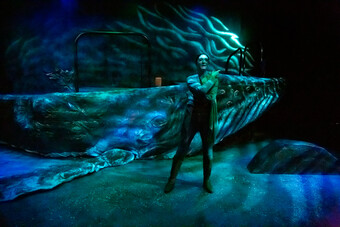

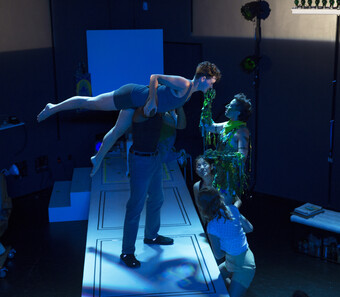



Comments
The article is just the start of the conversation—we want to know what you think about this subject, too! HowlRound is a space for knowledge-sharing, and we welcome spirited, thoughtful, and on-topic dialogue. Find our full comments policy here